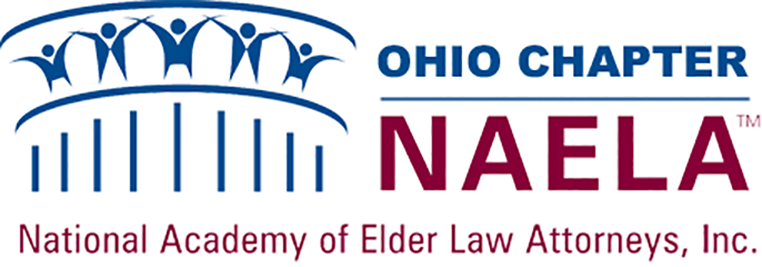DisabilityScoop.com —
States are being given wide latitude to spend an extra $12.67 billion for Medicaid home and community-based services on everything from getting people off waiting lists to raising pay for direct support professionals.
The Centers for Medicare & Medicaid Services issued long-awaited guidance late last week outlining how states can use the funds that were part of the $1.9 trillion American Rescue Plan, a COVID-19 relief package approved in March.
The legislation included a boost to home and community-based services in the form of a 10% rise in the federal government’s share of spending on the program between April 2021 and March 2022. But even though the extra dollars were supposed to start flowing last month, states have been waiting for CMS to clarify how the money could be used before spending any of it.
The new guidance gives states flexibility to use the money to “enhance, expand or strengthen HCBS services,” said Rachel Pryor, counselor to the secretary for health policy at the U.S. Department of Health and Human Services. She said the list of possibilities is “really broad.”
Some examples offered by Biden administration officials on a call with reporters include reducing waiting lists for services, respite for family caregivers, providing assistive technology, offering additional services like mental health or telehealth and various options to help recruit, retain and train the workforce of direct support professionals.
Funding must be used to “supplement, not supplant” existing services, the guidance states, meaning that it has to be spent on home and community-based services that were not available under the Medicaid program as of April 1.
Notably, CMS is also giving states longer to use the influx of money, extending the deadline through March 31, 2024.
“It is a huge relief for state-level advocates, people with disabilities and their families that CMS has released the guidance,” said Nicole Jorwic, senior director of public policy at The Arc. She described the information provided as “very robust” and said it “will allow states to do what the law intended, to expand and strengthen access to HCBS.”
Continue reading at DisabilityScoop.com.

